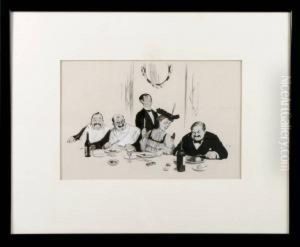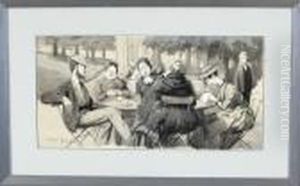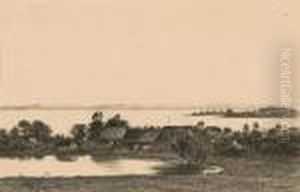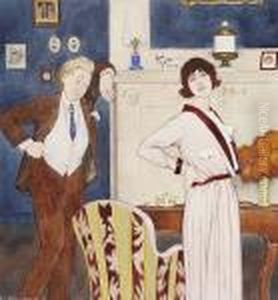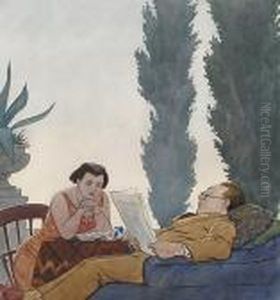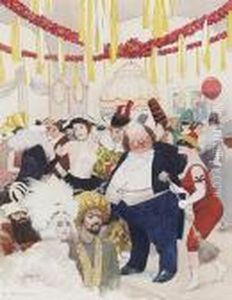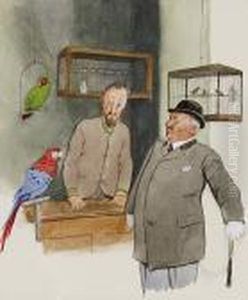Eugen Kirchner Paintings
Ernst Ludwig Kirchner was a German expressionist painter and printmaker, and one of the founding members of the group Die Brücke or 'The Bridge'. Born on May 6, 1880, in Aschaffenburg, Bavaria, Kirchner studied architecture before switching to painting and moving to Dresden, where he, along with Fritz Bleyl, Erich Heckel, and Karl Schmidt-Rottluff, established Die Brücke in 1905. The group aimed to create a new form of artistic expression, which was a direct and emotional response to the contemporary world, breaking away from traditional academic styles.
Kirchner's work is characterized by vivid colors, emotional intensity, and an interest in depicting urban street scenes and the human figure, often in a state of movement or tension. In 1911, he moved to Berlin, where he became interested in the bustling city life, which greatly influenced his work. His paintings from this period capture the dynamism of the metropolis, with a focus on the alienation and decadence that he perceived in modern, urban existence.
The outbreak of World War I had a profound effect on Kirchner. He volunteered for military service but was soon discharged due to a nervous breakdown. The war and its aftermath deeply affected his mental health, leading to periods of depression and hospitalization. Despite his struggles, he continued to paint and draw, and in the post-war years, his work became more introspective. His style during this period was less aggressive and more reflective of his fragile psychological state.
In 1933, with the rise of the Nazi regime, Kirchner's work was branded as 'degenerate art', and over 600 of his works were either sold or destroyed. Devastated by this action and plagued by ill health, Kirchner became increasingly isolated. On June 15, 1938, fearing the outbreak of another war and suffering from deteriorating mental health, he took his own life in Davos, Switzerland.
Throughout his life, Kirchner produced a vast oeuvre that included not only paintings but also woodcuts, etchings, and lithographs. His bold lines and emotive use of color influenced subsequent generations of expressionist and modern artists. His legacy is preserved in the collections of major museums around the world, and he is remembered as a pioneering figure in the Expressionist movement.
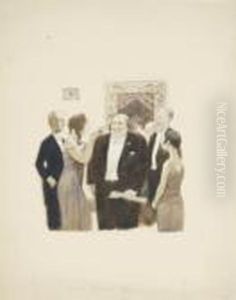
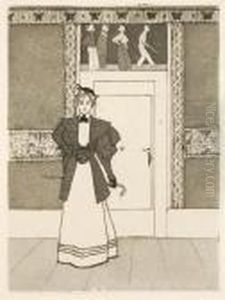
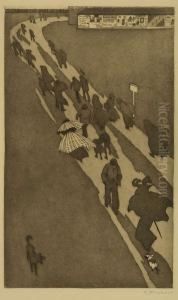
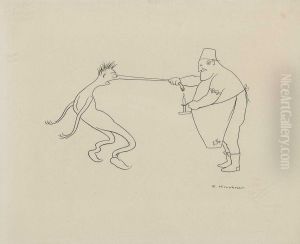
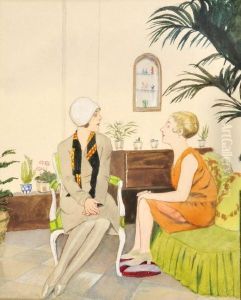
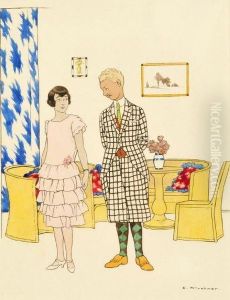
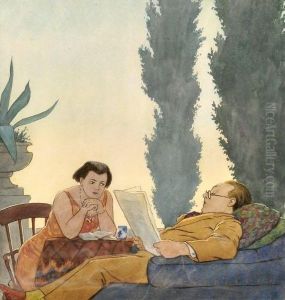
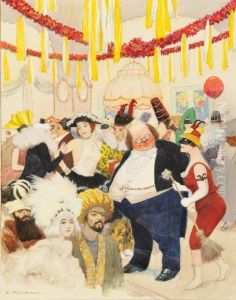
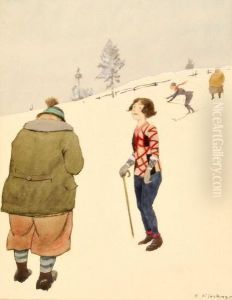
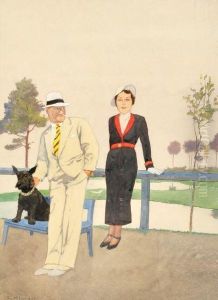
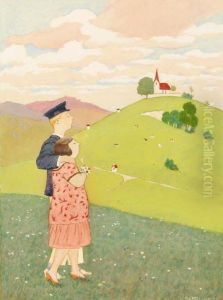
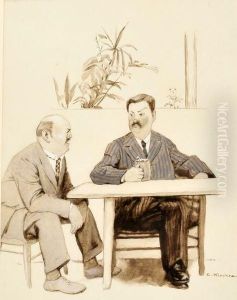
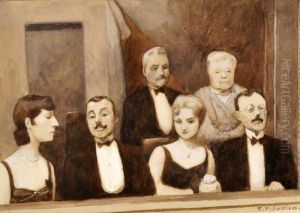
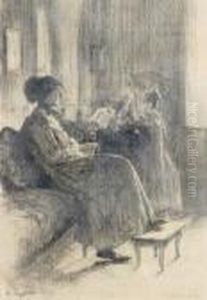
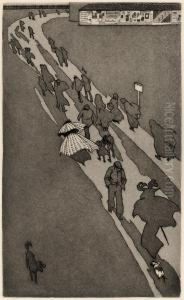
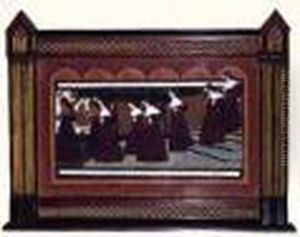
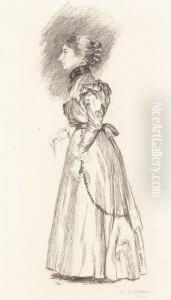
![Sans Titre [jeune Fille Au Chapeau Et Au Parapluie]](https://www.niceartgallery.com/imgs/1409919/s/eugen-kirchner-sans-titre-jeune-fille-au-chapeau-et-au-parapluie-795822b8.jpg)
